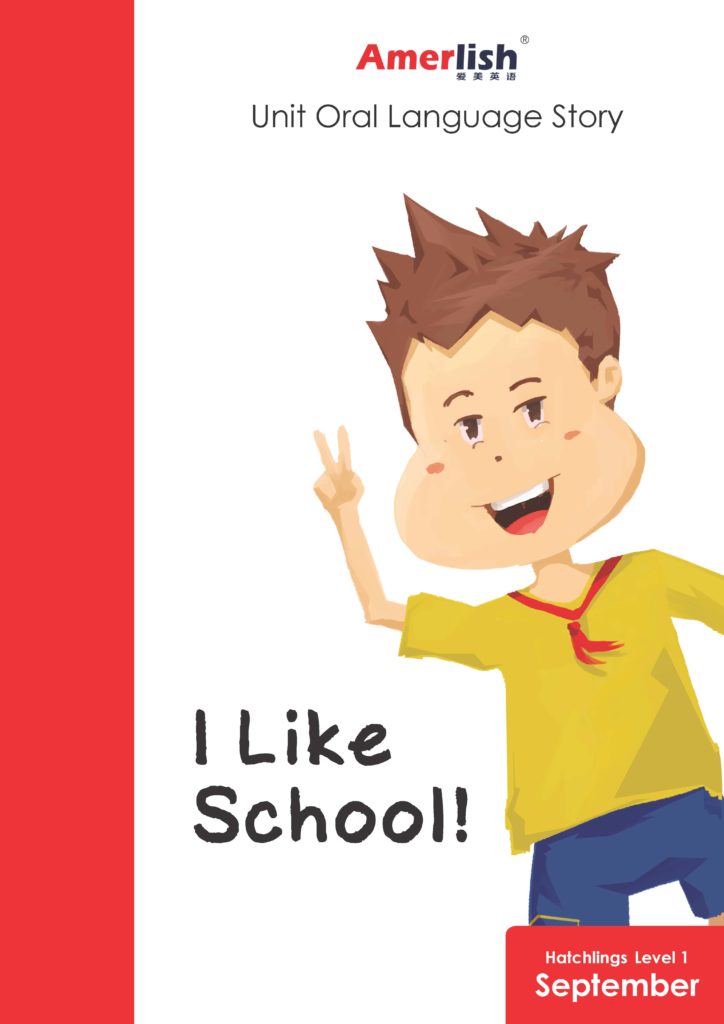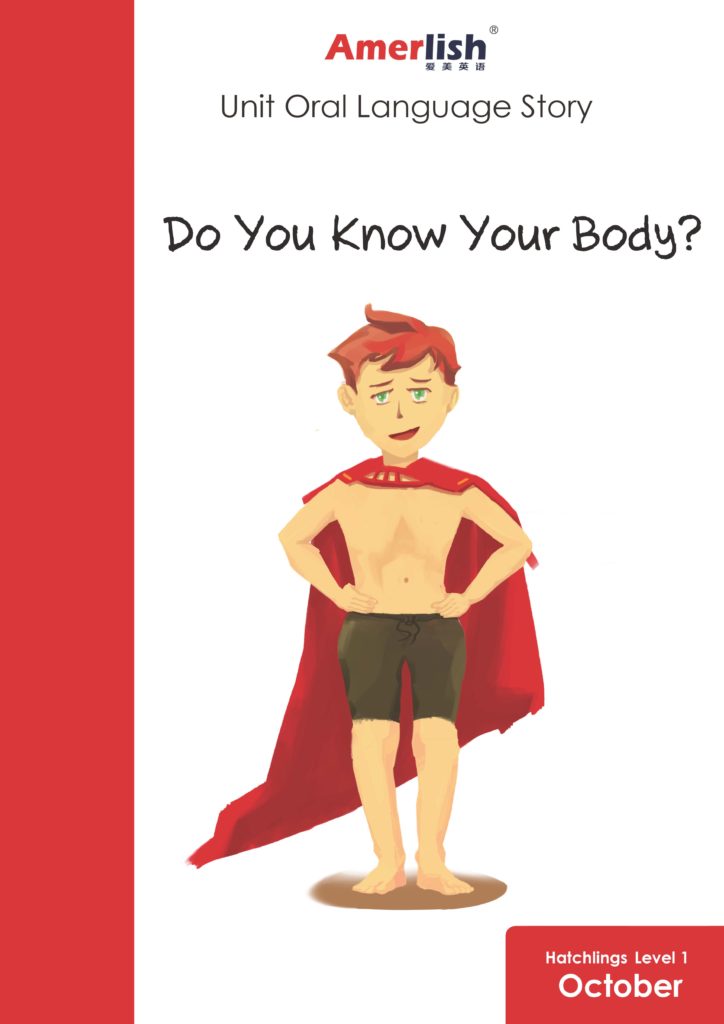January – Seasons | February – Feelings | March – Clothing | April – Animals | May – Family | June – Community | July – Great Outdoors | August – Dinosaurs | September – School | October – Body | November – Food | December – Actions
Hatchlings Level 1 Introduction
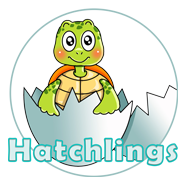
Our first level of proprietary curriculum sets a strong foundation for our students. The core of the program is the alphabet, which provides the building blocks of the English language. Other core elements include numbers, shapes, and colors. This level also gives a broad base of topical vocabulary and teaches a variety of simple developmental skills, American cultural points, and social and emotional concepts.
These students will be young, between 3.5 years old and 5 years old. This presents special challenges and opportunities. Children at these ages are developing very quickly in many aspects including their thinking and understanding. During these years, kids go from simple understanding of concrete objects with limited memory to recall to more complex understanding of ideas and comparisons and the ability to remember. To help you understand this development a little better, please see the articles about cognitive development in preschoolers attached below.
Teaching Routine
Children of this age require a lot of repetition, engaging activities, and routine. This is why we have a set classroom schedule and teaching order for this level with interchangeable portions for different days of the unit. The routine when they arrive will be the same each day, and throughout the units there are other routine patterns for the children. The class routine breaks down as follows:
- Block 1
- Kids arrive, remove shoes, and play with educational toys until class begins
- Clean up and gather on the main rug
- Class goes over the calendar and the rules
- Oral Language
- Unit words and phrases
- Nursery rhymes and songs
- Put on shoes, line up, go to bathroom while singing unit song or reciting unit nursery rhyme
- Block 2
- Alphabet
- Skill
- Language skills
- Developmental skills
- Social/emotional skills
- Story or activity
- Put on shoes, get belongings, line up, go to parents while singing unit song or reciting unit nursery rhyme
This is the standard class routine for HL1 classes. However, some classes have a longer class period once a week. For how the routine is adapted or changed in this situation or on assessment and parent party days, see the individual sample lesson plans for each class.
Curriculum Components
Hatchlings Level 1 (HL1) is a non-scaffolded, topical curriculum. The level has twelve units, one for each month of the year. Each unit has a topic that dictates the oral language, influences the nursery rhyme, song, and story, and relates to a holiday or cultural event during that month. Since this curriculum is not scaffolded, students may join at any point during a semester. This also means that if a student demonstrates high enough proficiency, the student may take the End of Level Assessment to move up to Hatchlings Level 2 at the beginning of the next semester. Some students will need more time, others less. This curriculum is designed to accommodate that. The following is a breakdown of the curriculum’s components.
Core Components
The core components of HL1 consists of the alphabet, numbers, shapes, and colors. Most important of these is the alphabet. The 26 letters of the alphabet (52 symbols or characters) are the building blocks of English. A student must know and recognize the letters and their sounds to be able to read and write and learn new words. HL1 sets this foundation for our students. The main emphasis at this level is letter recognition. The students must know letters out of order in both their upper- and lowercases. We do not directly teach sounds of letters at this level.

Some parents may dispute this saying this is not how native speakers learn. This is correct. Native speakers do not learn English through the alphabet. However, native speakers have had multiple years of immersion before they learn the alphabet. Their foundation comes from this. Once a native speaker has a base of usable language, he or she learns the alphabet to learn how to break it apart and expand their knowledge. This comes between ages 3-6 for most native speakers.
Since our students have not had the extensive immersion of language since birth, they are already disadvantaged and cannot be expected to learn as native speakers learn. Instead, we must do both the incidental oral language component of a native speaker’s first few years and the building blocks of the language simultaneously or our English language learners will always be a few years behind in their language development.
Oral Language Words (vocabulary)
A major component of HL1 is building a base of vocabulary knowledge. Even though we would term this category vocabulary in English, the Chinese connotation of the word is more complicated causing us to avoid the terminology in the lower levels. Many of our Chinese parents understand vocabulary words to be words that the children must be able to recognize in the written form and spell, not just being able to understand and use while speaking. At this level, we do not expect the children to be able to read or recognize the word when written. They are expected to know what it is when they hear it and be able to say it. This is why the flashcards and oral language section of the workbooks minimize the word and emphasize the image.
The words our students learn in HL1 are related to the monthly unit topic. This topic is loosely connected to the cultural element or holiday. The nursery rhymes and songs are also connected, when possible, to the unit topic. Words are generally visual in nature making it simpler to teach and learn. Over the course of the curriculum, there are 14 words per unit, so if a child completes all ten units, he or she should know 140 words. This will not seem like a lot to a Chinese way of thinking, but we don’t just expect our students to memorize words; we want them to be able to use them. And, this number does not include all the students learn incidentally.
Acquisition or Incidental Learning
HL1 has its set curriculum of skills and oral language that students are expected to learn. However, a lot of what they learn is incidental through interaction with the teacher and AC as well as their classmates. This is how students begin to put the language together. This is called acquired language. They listen to the teacher speaking in complete sentences and begin to mimic and repeat. Over time, the students learn important words, phrases, prompts, and sentences that are not part of the explicit learning outcomes. Additionally, students learn words that are part of the core curriculum such as colors, numbers, and shapes. Many of these skills are incidental and learned over time and through repetition rather than as a result of direct teaching in class.
Developmental and Social/Emotional Skills
The skills taught in HL1 range from cognitive and critical thinking skills to social and emotional skills. Some are very simple but are necessary to teach as the kids are developing in this age range. At this level, most of the skills are comparing just two ideas or concepts. At the next level, additional concepts will be mixed in, but at this level, children are generally learning how to recognize how things relate to each other in the simplest of ways. Cognitive skills include size relations, quantity relations, and other comparative relationships.
To help improve and develop critical thinking, many of the cognitive skills are first taught then reviewed or reiterated using puzzles or thinking techniques that encourage the students to use their new knowledge.
Social and emotional skills relate both to self-identification and interaction with others. Many of these kinds of skills should really be reiterating what they were taught at home. However, in some traditional senses, parents or grandparents see it as the school’s job to teach social skills and behavior. Social skills at HL1 include sharing, leading and following, basic hygiene, recognizing emotions, and honesty. Even though some of these skills are complex and are difficult to teach to novice second language learners, at this level, we can introduce them to the ideas. As their English levels improve and their understanding of the world increases, they can start to understand what we have introduced to them.
Culture

As a school, we teach through literature and culture. This component introduces our youngest and lowest level students to American culture. The organization of HL1 is by month. Each month’s unit in some way relates to a holiday or cultural event that takes place during that month. Many of these cultural topics are at their most simple. For example, at Easter we teach about bunnies and eggs. Some of these cultural teachings include phrases the children learn like for Valentine’s Day saying, “I like you.”
The final class of each month’s unit includes an open portion when the parents are invited up to participate. This should be a small cultural holiday party with an activity and light refreshments relating to the unit’s holiday or event.
Story, Nursery Rhyme, and Song
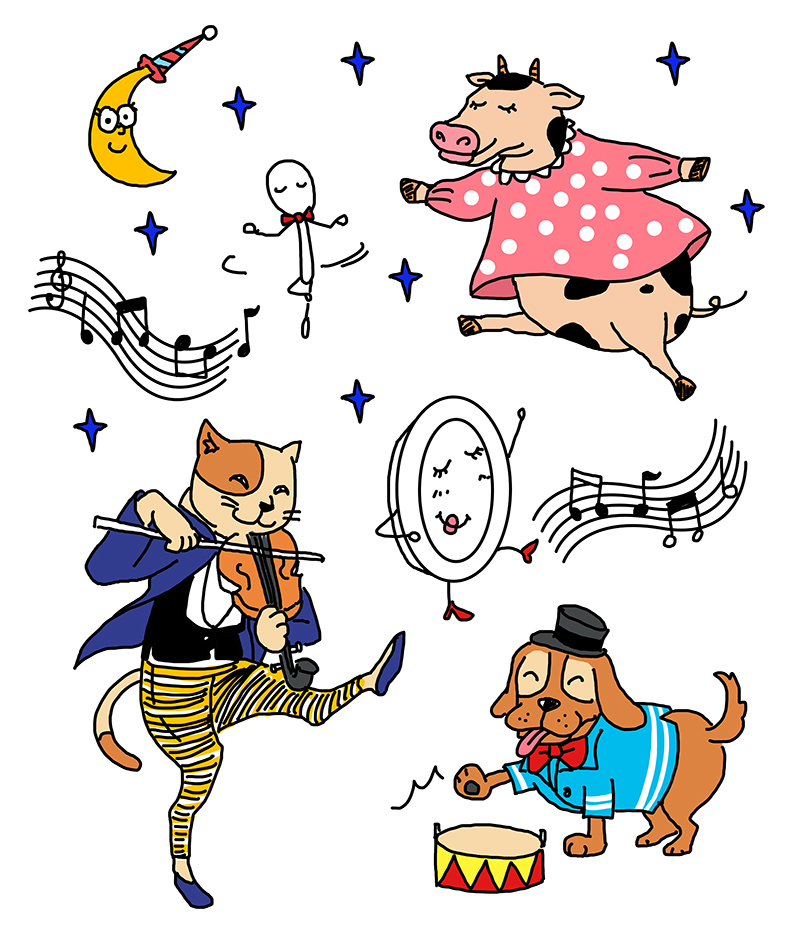
Each month’s unit has an assigned story, nursery rhyme, and song to be taught. These generally relate to the topic in some way. The stories, rhymes, and songs are tools. This means we don’t teach them for the sake of teaching them. We use them to teach the concepts and skills we want the children to learn. These tools provide a fun and interactive way to facilitate learning. For instance, May’s story is Little Red. This story can be used to review daughter, girl, mom, grandma, old, young, among many other things. March’s song “Cloaky Pokey” is a play on “The Hokey Pokey.” This song helps the students review types of clothing and the ideas of putting on and taking off. November’s rhyme, “Peter, Peter Pumpkin Eater,” reviews eating.
The rhymes and stories are also a part of Amerlish’s mission to teach through literature and culture. They are generally traditional stories and rhymes that teach lessons to the students and, in the case of nursery rhymes, they teach proper pronunciation and phonics. By introducing the songs and rhymes, we are also helping the children learn through rhythm and melody, which has been shown to help with knowledge retention.
Writing and Reading
The only writing an HL1 student should be able to do at the end of the level is his or her name and some individual letters. If a student knows more than this, we are very pleased, but we do not teach or emphasize writing in HL1. Similarly, students are not expected to be able to read anything at the end of HL1.
Books and Resources
Student Books
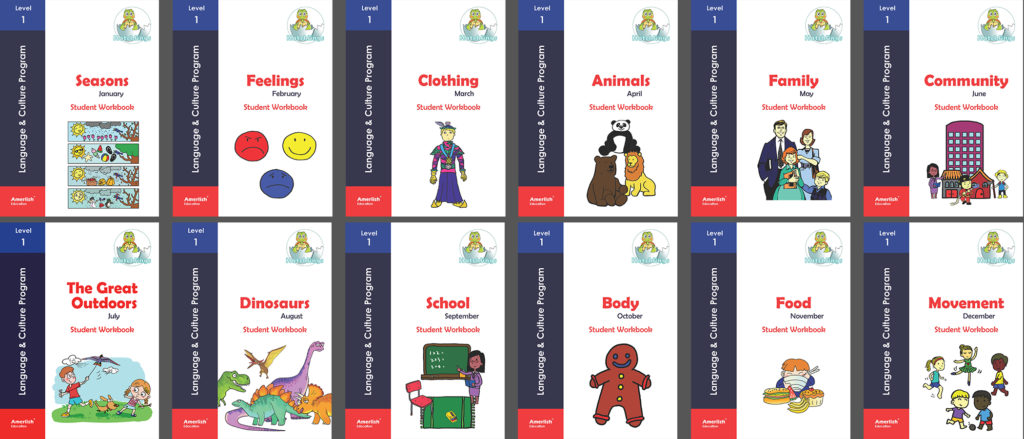
Hatchlings Level 1 has fifteen student books. There is one alphabet book for each semester and one workbook for each unit. We give the students the semester’s alphabet book when they join a class. They receive each workbook at the beginning of the new unit. There is also a list of books and videos for home practice.
Each page has instructions for the teacher or parent on what to do with the worksheet. The workbooks include lyrics for the unit song, a retelling activity page for the story, the oral language, and the nursery rhyme in written form. These are mostly for the parents to use at home with their children. As the class schedule shows, there is no time for worksheets in class. Worksheets are assigned for homework. Many worksheets in these workbooks encourage coloring and drawing. This is to help students develop the most foundational skills needed for writing—fine motor skills.
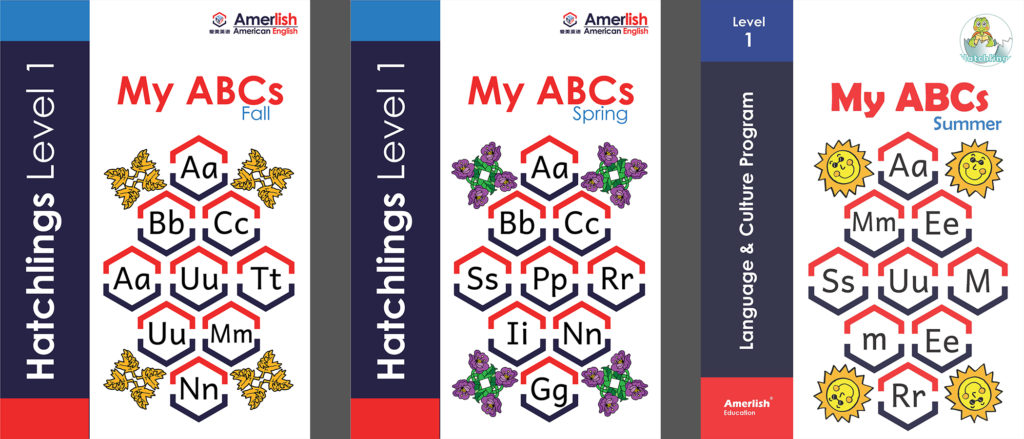
Books for Teachers
All HL1 units have a Unit Guide for Teachers. They include a suggested lesson plan for each day of the unit. The Unit Guide explains the skills being taught and how a Teacher may teach them. Also, included are suggestions for activities and games.
January – Seasons | February – Feelings | March – Clothing | April – Animals | May – Family | June – Jobs | July – Great Outdoors | August – Dinosaurs | September – School | October – Body | November – Food | December – Actions
Teachers have access to a big book version of each month’s story. These story books are the responsibility of the teachers and ACs using them. They should return them to the appropriate shelf when not in use and ensure students treat the books with respect. Smaller copies of these story books are available for parents to check out or purchase and read to their kids at home. The story books are also available on the Amerlish website for parents to read with their children digitally. Audio recordings are part of the digital story books.
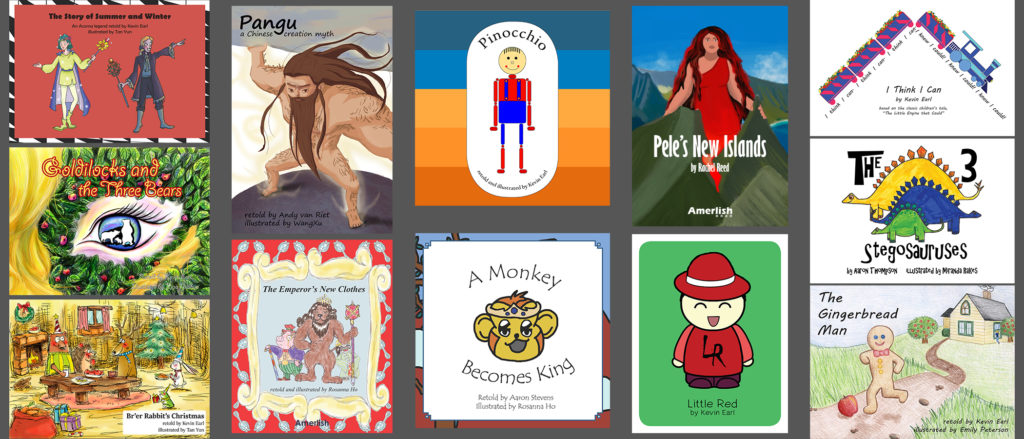
Additionally, teachers have a Unit Oral Language Story big book for each unit. These books use simple language and repetition to reinforce the Oral Language Words and Unit Phrase for each unit as well as the Level 1 core concepts. They should be used as a tool to review the OLWs and Unit Phrases on Days 5-7 of a unit.
Videos
A collection of Hatchlings Level 1 videos is in the works. It will include videos for the songs and nursery rhymes. These videos can be used in class when teaching and will be made available to parents and students for review at home.
Teachers may use other videos only if they support the curriculum and skills being taught. Teachers should not just show videos, but they should use them as tools, pausing throughout to practice language concepts and unit skills. If a Teacher uses other supplemental videos, the videos must use a neutral American accent and be related to the core concepts or skills being taught in the current unit. These are most effective and fun during breaks. Amerlish teachers have a variety of videos that may be used. When the proprietary videos are complete, only these videos should be used for in-class teaching. Other videos may continue to be viewed during breaks.
Props
Each classroom is equipped with a box of props for each unit. These props include toys, puppets, and other useful items to teach the oral language, skills, and other content of the unit. These items should be stored in their unit box when not in use to ensure that every teacher has what they need each year. Teachers may make suggestions for items to add to the box to their principal.
In addition to the unit-specific items in the unit boxes, each classroom is stocked with a variety of other toys, tools, and supplies that teachers should use for games and crafts. Some of these toys should be available for students to play with when they arrive and during breaks.
Assessments
Unit Assessments are given during the second half of the second to last class of the unit and the first half of the last class of the unit, which usually fall on days 7 and 8. These are done one-to-one with the Teacher and student. Records are kept of these assessments to show progress and areas of focus to the parents.
Students may move up from HL1 after they have shown proficiency of the Level 1 material. This may take an entire school year for some students, while others may be ready after a few months. Teachers and ACs schedule End of Level Assessments (ELAs) at a time other than class.
More information about assessments and moving up to the next level can be found on the “Assessments and Moving Up” page.
Instructions for giving Level 1 Unit Assessments
SECTION QUIZ
To ensure you have read the materials and understand them, please take this and submit this simple, ten-question quiz:
Hatchlings Level 1 Overview Quiz
If you have difficulty with the quiz or have questions about the answers, please contact your Location Manager.

